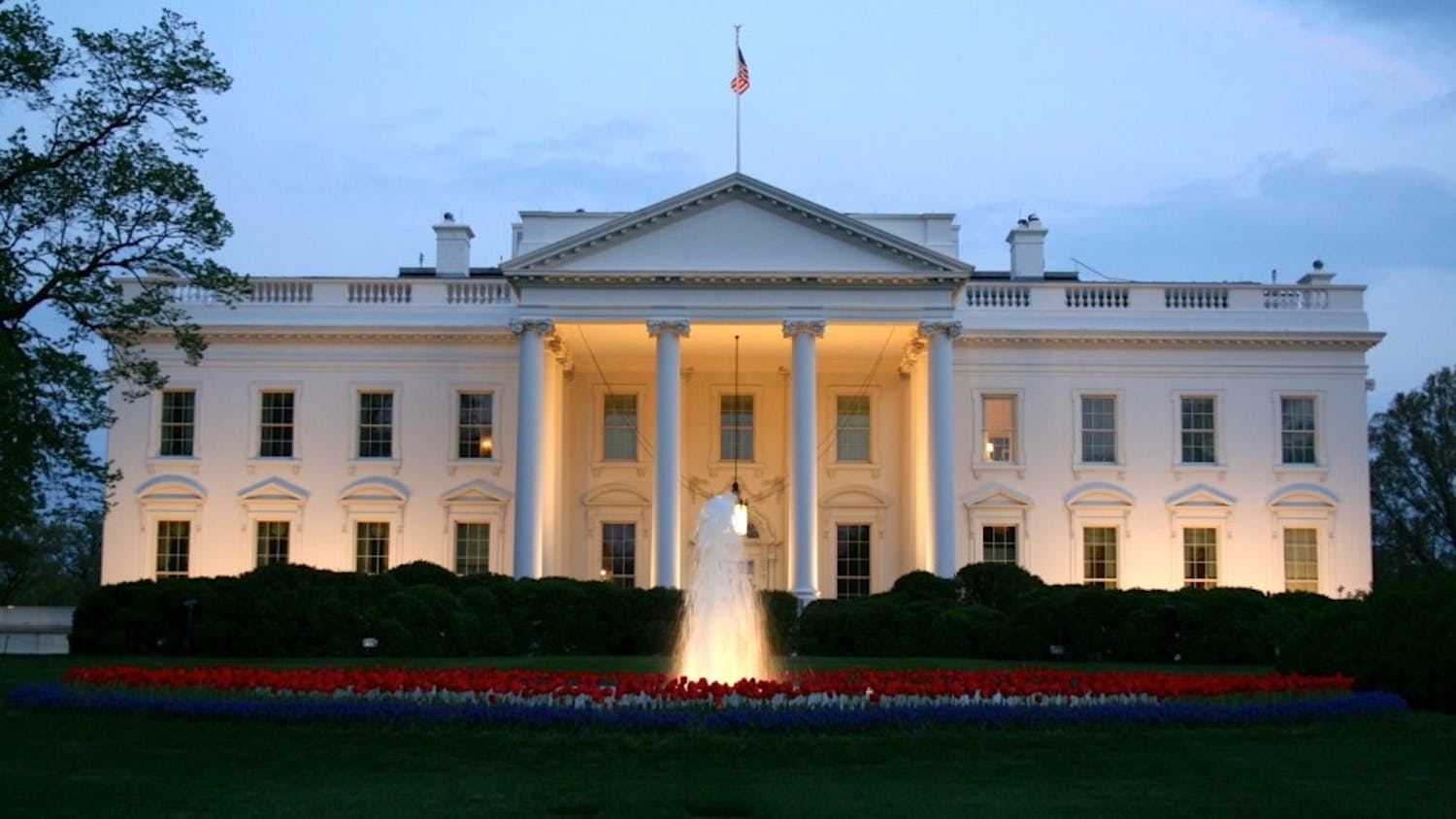Incidents of racial intolerance, like hanging nooses on a tree outside the black cultural center at the University of Maryland, are on the rise at U.S. colleges campuses. Some students said they have also noticed racially motivated incidents at AU.
Sometimes acts of racism are not as blatant as nooses hanging in front of buildings. Tania Plaisimond, a junior in the College of Arts and Sciences and student worker at the Office of Multicultural Affairs, said she has experienced people's prejudices in class. As a black student, Plaisimond said she notices that students display discomfort when working with her on group or pair assignments.
Janyelle Thomas, a senior in the College of Arts and Sciences, has witnessed more obvious racial incidents.
"Someone was on [the Daily Jolt], and they were talking about how black people are so loud and Public Safety lets it happen because they're black," Thomas said.
The Daily Jolt is an online forum where students can post anonymously. The posting made students angry, and there were complaints, according to Thomas.
Thomas was also a more direct target of a racial incident last year. On one of the last days of finals, she and her friends played hide- and-seek on the quad. During the game, someone threw chicken noodle soup and biscuits at the group from a window.
The group stopped playing and went to find who threw the food at them. Two boys ran up the stairs, but by the time they had reached the area of the food thrower, the person had fled, Thomas said.
Chad Kistler, a senior in the College of Arts and Sciences, said he has witnessed one racially motivated incident since he came to AU.
"I was at a party my freshman year, and someone refused to serve a guy who was black," he said. "I thought that was really messed up."
Kistler said he's seen an increase in discriminatory incidents relating to gender and sexual orientation.
Multicultural Affairs, an office within AU's Office of Campus Life, tries to promote diversity and acceptance on campus through various cultural events, according to its Web site. Some of its annual events include the Latino Youth Conference and commemorative events during the week of the Martin Luther King Jr. holiday. It also celebrates themed months such as Hispanic Heritage Month and American Indian Heritage Month, according to the office's Web site.
The Multicultural Affairs Web site lists eight on-campus clubs that work within its office. These clubs represent the African, Asian, Caribbean and Latino student communities on campus.
Multicultural Affairs also runs a seven-week program in the summer to help multicultural or first-generation students transition into college life. The program is called the Summer Transition Enrichment Program, or STEP. Participants of the program take summer classes for credit and do a community-service project in D.C. Plaisimond graduated from STEP in 2005. "I chose [to work in Multicultural Affairs] because I was in STEP," she said.
About 25 percent of AU students who reported their racial identity were from minority groups during the 2005-2006 school year, based on numbers from the Web site of the Office of Institutional Research and Assessment.
AU's minority population is smaller than the minority population at the University of Maryland, College Park. At UMD, minority groups constitute 40 percent of the student body, according to the college's Web site. AU's minority population is 5 percent higher than that of the neighborhoods making up the 20016 zip code, according to the Neighborhood Info DC Web site. When comparing the racial breakdown data on the AU Institute of Research and Assessment's and the data from the Neighborhood info DC Web sites, AU's minority population is almost 50 percent lower than the average D.C. neighborhood.




